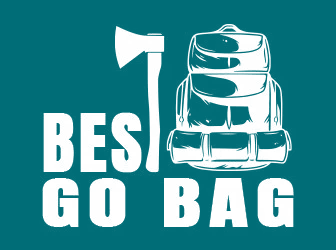How often are you and all your loved ones gathered in the same place at the same time? For most of us, it’s probably not even as often as once a year. But even if it is an annual event that brings the entire family together, that means the odds of you all being in the same place when a disaster strikes are about 365 to 1. And that means unless the coming crisis occurs on the one day of the year when you’re all gathered together, you’re going to need a way to communicate with your loved ones. You will need to tell some folks where to gather and other folks that you are all right. Or that you need help in a hurry.
Busy signals await
If everyone’s cellphone is working and charged, this might not be a big problem. But it’s very possible a major emergency could render cellphones useless. Even if those cellphones are working, all the circuits could be busy in the immediate aftermath of a tragedy. The Federal Communications Commission suggests emailing and texting could be a better alternative than trying to place a phone call. If you have to leave your home due to the problem, have your landline calls forwarded to your cellphone. Change your voice mail greeting to let loved ones know where you are and that you are safe.
Anticipate the challenges
The time to make a post-disaster family communication plan is now. Not AFTER an emergency happens. This plan should take into account all contingencies, especially the possibility that normal communication tactics may not work.
Step 1: Determine a meeting place for loved ones in your area.
Actually, make that several meeting places in case the first couple of locations prove to be unreachable. Everyone should know where these places are and their priority order. Also, learn the emergency response policies of places where your loved ones might be when a disaster strikes, including workplaces and schools.
Step 2: Make sure everyone has personal information on a piece of paper in their wallet.
This info should include full name, home address and phone number, work or school address and phone number, parents or children’s names and phone numbers, an out-of-town relative or friend’s address and phone number, and a list of personal health-related issues, including allergies.
Step 3: Use alternative communication methods.
Among them are two-way radios with a range of about 30 miles and CB radios such as what truckers have used for many years. You could also install a CB base unit in your home. Unlike modern cordless phones, a rotary dial phone will work even in a power outage. An old-school method is to post notes on bulletin boards in public places.
Step 4: Contact a non-governmental organization or foundation that has free services.
This way you can connect with family members when communication lines are down. Also, prior to a disaster, register with a next of kin registry. This service can help you connect with relatives following a disaster.
Don’t Forget to Have Your Lifeline Ready Lastly, and most importantly, remember to keep your cellphone as charged as possible. Especially if you’re headed out the door and might not be able to charge it again soon. It’s important to get in the habit of keeping your electronic devices fully charged. You never know what might happen. And having a phone on hand when you need to call for help can make the difference between life and death. Now you may be thinking: How are you supposed to keep calling if your power is out and your cell phone is dying? You’d be stranded! That’s why portable, backup power is downright essential in an emergency. As mentioned above, communication is critical to survival, and your phone isn’t any help to you if it’s dead. Our top recommendation to keep on hand for this is the Patriot Power Cell. This breakthrough backup power device fits in your pocket, and charges in the sun. So you’ll never have to worry about the internal battery running out.


